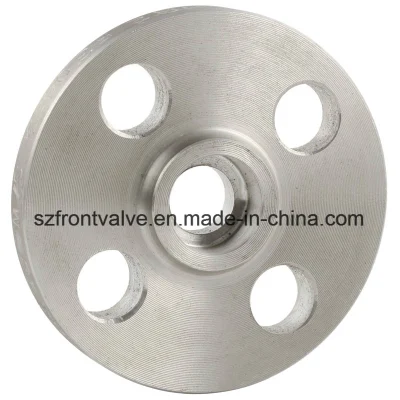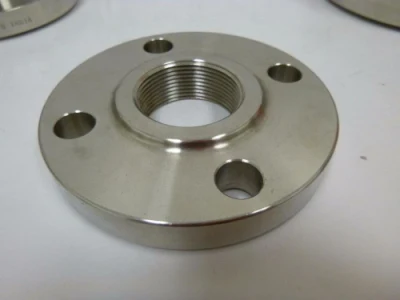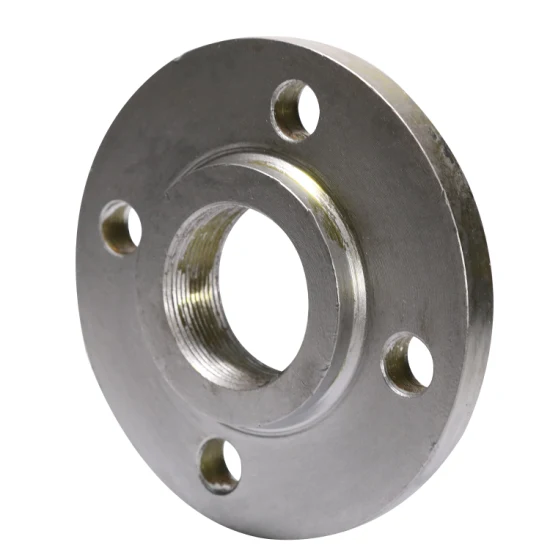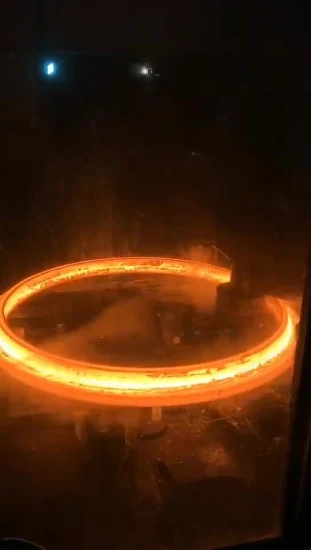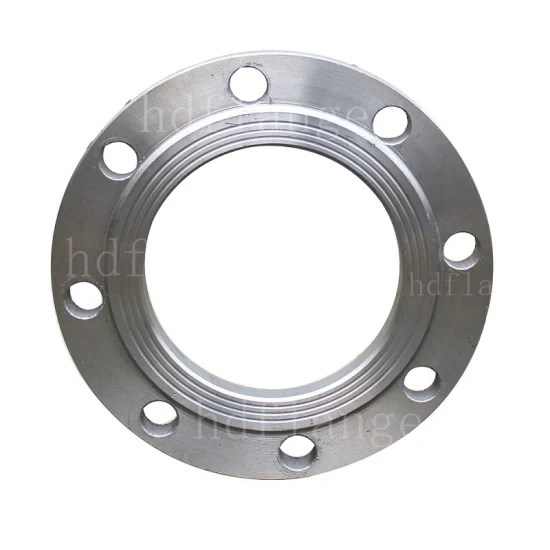説明
基礎情報
| モデル番号。 | BWGCB105 |
| 構造 | フローティングボールバルブ |
| タイプ | フローティングボールバルブ |
| 関数 | アブラサベンティル |
| 温度 | 常温 |
| 標準 | DIN、ANSI、JISなど |
| 応用 | 工業用、水道工業用、家庭用 |
| 糸 | NPT Bsp BSPT DIN2999 |
| テクノロジー | 鋳造 |
| カスタマイズされたサポート | OEM-ODM |
| 中くらい | 水、油、ガス |
| 使用温度 | -20℃~200℃ |
| 接続が終了します | 溶接ソケットまたはねじ: NPT、Bsp、BSPT など |
| プレッシャー | 150ポンド、1000重量、2000重量、Pn16、Pn64 |
| 証明書 | ISO9001:2000、CE |
| 一般的な接続タイプ | メスNPT |
| 輸送パッケージ | 段ボール箱+ビニール袋 |
| 仕様 | 1/4インチ - 4インチ |
| 商標 | ビウィン |
| 起源 | 河北省、中国 |
| HSコード | 8481804090 |
| 生産能力 | 500000 |
製品説明
設定された製品情報
保守可能なシリーズ: 標準接続の 304/304L/316/316L ステンレス鋼ボールバルブ。 ハウジングシールとシャフトシールはガラス繊維強化PTFE製です。 シートはRPTFE製です。 配管接続はNPT(ナショナルパイプテーパー)/BSPめねじです。 温度範囲 -20°F ~ 400°F (-28.8°C ~ 204.4°C)。 バルブ本体圧力定格 1,000 psi CWP 飽和蒸気から 150 PSI、および 20 ミクロンの真空。 自己補償ステムシール設計。 製品はバルブの一般契約条件に従って販売されます。 バルブ製品はすべて中国製です。 バルブアクチュエータは、ロックステムナットで固定されたビニールハンドルを備えたステンレス鋼の手動レバーハンドルです。
仕様
| 販売可能 | そして |
| バルブの種類 | 双方向、ON/OFF |
| バルブ形式 | ツーピースツーボールバルブ |
| バルブサイズ | 1/4インチ~4インチ |
| バルブボディ材質 | ステンレス鋼 |
| バルブ温度範囲 | -20°F ~ 400°F (-28.8°C ~ 204.4°C) |
| バルブ圧力定格 | 1,000 PSI CWP (カルタルベイツドルック)、Sattdampf 150 PSI |
| 応用 | ステンレス鋼配管システム、水道システム、石油システムなどに適用 |
| 接続が終了します | 溶接ソケットまたはねじ: NPT、BSP、BSPT など。 |
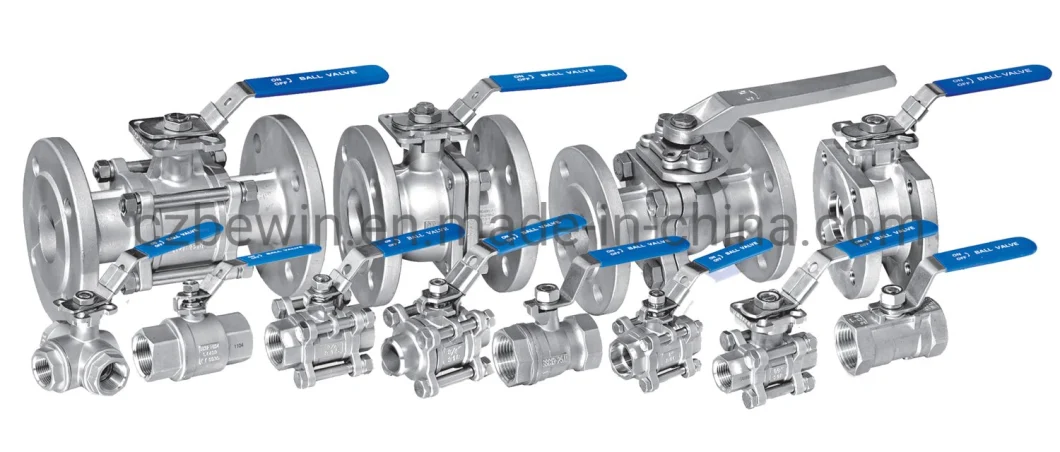
| 記事 | 指定 | 材料 |
| 1 | プラスチック包装 | PVCプラスチック |
| 2 | ハンドル | SUS304 |
| 3 | スタッフィングボックスナット | SUS304 |
| 4 | シャフトナット | SUS304 |
| 5 | スプリングディスク | SUS304 |
| 6 | 建設前の梱包 | PTFE |
| 7 | スラストワッシャー | PTFE |
| 8 | ボディガスケット | PTFE |
| 9 | 蓋 | CF8/CF8M |
| 10 | 体 | CF8/CF8M |
| 11 | シート | RPTFE |
| 12 | ボール | CF8/CF8M |
| 13 | ステンゲル | SUS304 |
特徴: 1.1000PSI/PN632.低減接続3.インベストメント鋳造4.防爆シャフト5.ロッキングハンドル(オプション)6.PED97/23/EC(CE0036)承認7.鋳造承認Ad2000-W08.ねじ山: ASME B1.20.1、BS21.0、DIN2999 /259、ISO 228-1、JIS B0203、ISO 7/19。 検査テスト: API598、EN 12266

How to judge your valve is open or close? One question that plagues both homeowners and professionals alike is: "Is my valve open or closed?" If you have a butterfly or ball valve, the direction of the handle indicates whether the valve is open or closed. If you have a stop or gate valve, it is harder to tell if your valve is open or closed because there are very little to no visual cues, meaning you have to rely on the amount of resistance to determine if your valve is truly closed. Below we'll walk through four different types of valves, discussing the specifics of determining if the valve is closed or open. What Exactly is a Valve? A valve is a very simple mechanism. Valves can be found everywhere, in nature, life, and industry. Even your bathroom taps are valves. The dictionary definition provides a good starting point: noun any device for halting or controlling the flow of a liquid, gas, or other material through a passage, pipe, inlet, outlet, etc. a hinged lid or other movable part that closes or modifies the passage in such a device. Anatomy. a membranous fold or other structure that controls the flow of a fluid, as one that permits blood to flow in one direction only. to provide with a means of controlling the flow of liquid, gas, etc, by inserting a valve. verb (used with object), valved, valving. Simply put, a valve is a way of controlling the flow of liquid or any media through obstructing its pathway. Is My Ball Valve Open or Closed? Ball valves are adeptly named because of the ball that sits inside the housing unit. The ball has a hole through the center. This hole faces the flow of water when the valve is open. When the valve is closed, the solid side of the ball faces the flow, effectively blocking further forward movement of the liquid. Because of this design, ball valves are a type of shut-off valve, meaning they can only be used to stop and start flow; not regulatethe flow. Ball valves are perhaps the easiest valve to see if they are open or closed. If the handle on top is parallel to the valve, it's open. Likewise, if the handle is perpendicular to the top, the valve is closed. Common places you might find a ball valve are in irrigation and in sites where you need to control water supply from one area to another. How to Determine if Your Butterfly Valve is Open? Butterfly valves differ from all the other valves in this post because not only can they be used as a shut-off valve, they can also be used as a regulatory valve. Inside the butterfly valve is a disc that rotates as you turn the handle. Butterfly valves can regulate flow by having the disc partway open. Butterfly valves have a lever handle on the top that is similar to the ball valve. This handle both indicates if the flow is on or off, and can be used to turn the valve partway on by locking the disc in place. When the handle is parallel to the valve, it is closed, and when it is perpendicular to the valve, it is open. Butterfly valves are suited for use in garden irrigation, and they are also commonly used in space-restrictive applications. They have a slender design that makes them ideal for tight-fitting spaces. Because of the disc inside, these valves are not the best to use in high-pressure applications as there will always be something in the way partially blocking the flow. How to Know if Gate Valves are Open? Gate valves are a type of isolation (or shut off) valve that are found on pipes that require the complete turn off or on of flow. Gate valves have a knob on top that when turned raises and lowers the gate inside, hence the name. To turn on the gate valve, you turn the knob counter-clockwise, and you turn it clockwise to turn off the valve. There is no visual indicator to see if a gate valve is open or closed. It is, therefore, important to remember that when you are turning the knob you must stop when you hit resistance; to continue to try and turn the valve could potentially damage the gate, rendering your gate valve ineffective.The most common uses around the house for gate valves are for your main water shut off or, as you might see more frequently, the water spigot on the outside of your home.Is My Stop Valve Closed? The final valve on our list is a stop valve, which is another type of shut off valve. This valve looks similar to the gate valve, but it is more compact. It is also the valve that you might be the most familiar with. These valves are often used to connect appliances, like toilets and sinks, to the water supply line in your house. You twist the stop valve clockwise to turn the supply off and counter-clockwise to turn it on. Stop valves have a stem under their handle that rises and lowers as the valve is turned off and on. The stem is not visible when the stop valve is closed. Final Tip: Know Your Type of Valve At the end of the day, the most important part to knowing if a valve is open or closed is to know what type of valve you have. Ball and butterfly valves both have a lever handle on top that indicates if the valves are open or closed; whereas gate and stop valves both require the turning of a knob and have no or harder to see visual cues on if they are openor closed






